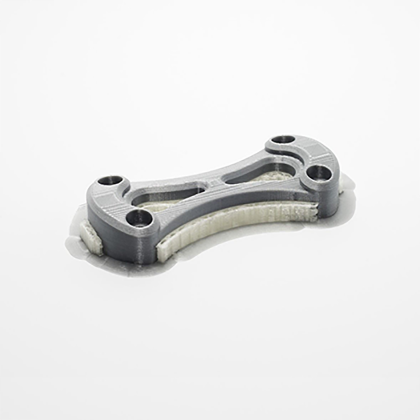Understanding FDM 3D Printing
FDM (Fused Deposition Modeling) 3D printing is a popular additive manufacturing technology that has revolutionized various industries. It involves the creation of three-dimensional objects by layering melted thermoplastic materials. This process is achieved by extruding the material through a nozzle, which moves along a predetermined path to create the desired shape.

One of the key advantages of FDM 3D printing is its affordability and accessibility. It has become a go-to choice for many beginners and professionals alike due to its ease of use and wide range of applications.
The Benefits of FDM 3D Printing Services
FDM 3D printing services offer numerous benefits to industries across the board. One of the primary advantages is the ability to create complex geometries that would be challenging or impossible to achieve with traditional manufacturing methods. This opens up new possibilities for design and innovation.
Another benefit is the speed at which FDM 3D printing can produce prototypes and functional parts. Traditional manufacturing processes often involve lengthy lead times, but with FDM 3D printing, designs can be turned into physical objects in a matter of hours or days.
FDM 3D printing services also provide cost savings compared to traditional manufacturing. The ability to produce parts on-demand eliminates the need for large inventories, reducing storage costs and minimizing waste. Additionally, FDM 3D printing allows for the use of lightweight materials, further reducing costs associated with transportation and assembly.
Applications of FDM 3D Printing Services
The versatility of FDM 3D printing services makes it applicable to a wide range of industries. In the automotive industry, FDM 3D printing is used for rapid prototyping, tooling, and even end-use parts. It enables manufacturers to test and refine designs quickly, leading to faster product development cycles.
In the medical field, FDM 3D printing services have revolutionized the production of custom prosthetics, surgical guides, and anatomical models. The ability to create patient-specific solutions has greatly improved patient outcomes and reduced costs.
Other industries, such as aerospace, consumer goods, and architecture, also benefit from FDM 3D printing services. From creating lightweight components for aircraft to producing intricate architectural models, the possibilities are endless.
The Future of FDM 3D Printing Services
The future of FDM 3D printing services looks promising. As technology continues to advance, we can expect improvements in speed, resolution, and material options. This will further expand the applications of FDM 3D printing and make it even more accessible to industries around the world.
Additionally, the integration of FDM 3D printing with other technologies, such as artificial intelligence and robotics, holds great potential. This could lead to automated and optimized manufacturing processes, further reducing costs and increasing efficiency.
As more companies and individuals recognize the benefits of fdm 3d printing services, we can anticipate a growing demand for skilled professionals in this field. It is an exciting time to be part of the additive manufacturing industry, and FDM 3D printing is at the forefront of this revolution.








